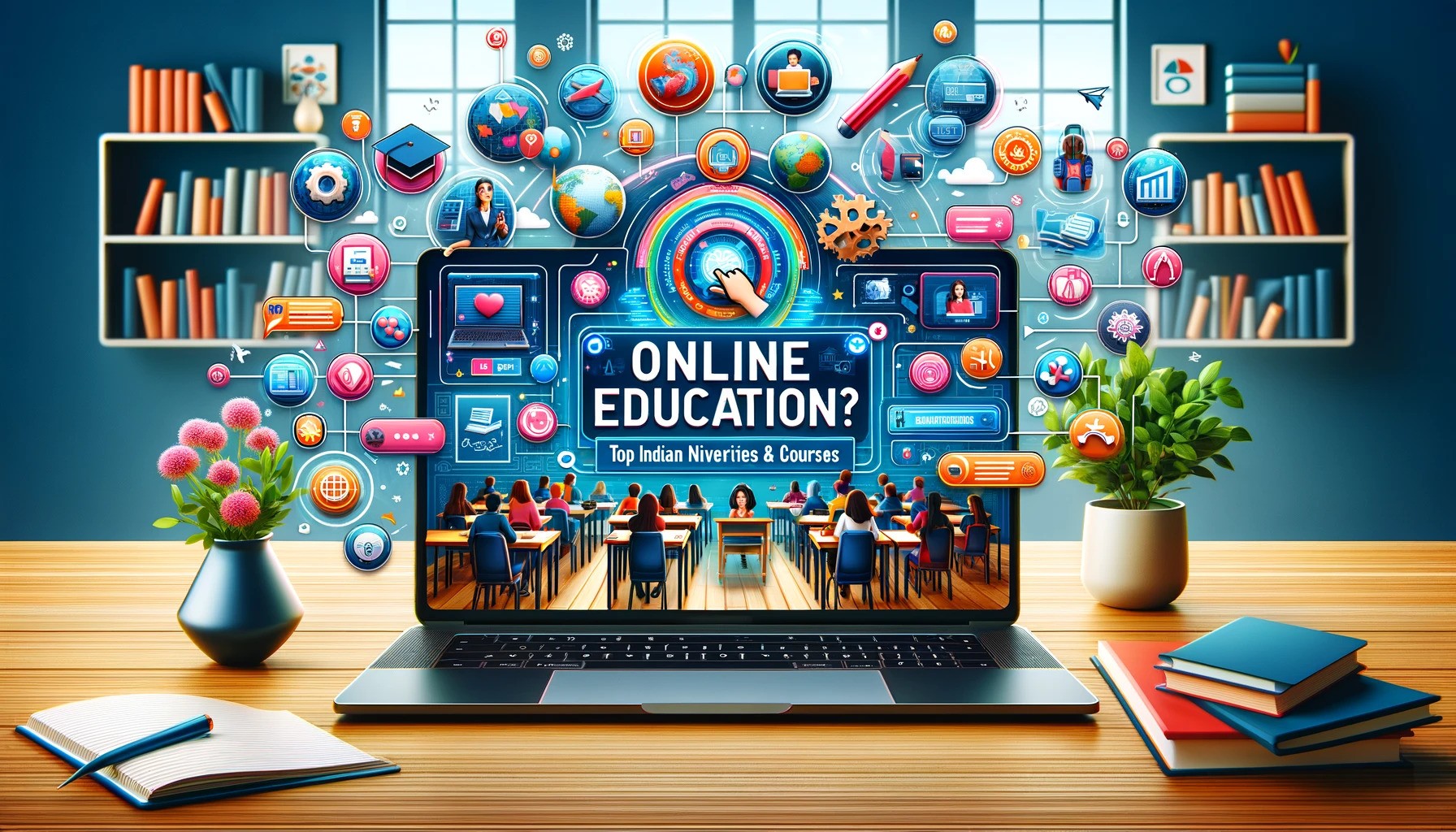In the ever-evolving landscape of education, the advent of technology has ushered in a new era – one where traditional classrooms are making way for virtual learning environments slot gacor. E-learning has gained unprecedented momentum, especially in the wake of global events that have necessitated a shift towards remote education. This transition, while challenging, has showcased the virtual versatility of e-learning platforms, enabling educators and students alike to adapt and thrive in the face of change.
- Breaking Down the Barriers: Accessibility for All
E-learning has shattered geographical barriers, making education accessible to learners around the globe. Virtual classrooms provide opportunities for students who may be constrained by factors such as location, time, or physical disabilities. The adaptability of e-learning platforms ensures that education reaches those who may have previously faced challenges in attending traditional classes.
- Personalized Learning Journeys: Tailoring Education to Individual Needs
One of the key advantages of e-learning is its ability to cater to diverse learning styles. Virtual platforms offer adaptive learning modules, allowing students to progress at their own pace. Whether a student needs extra time to grasp a concept or is ready to move ahead quickly, e-learning platforms provide the flexibility to accommodate individual learning preferences, fostering a more personalized and effective educational experience.
- Interactive Engagement: Beyond the Boundaries of the Classroom
E-learning transforms education into a dynamic and interactive experience. Virtual classrooms are equipped with multimedia tools, discussion forums, and collaborative projects that engage students in ways that traditional methods may struggle to achieve. The versatility of online platforms encourages active participation, creating a community of learners who interact, share ideas, and collaborate seamlessly across the digital landscape.
- Adapting to Various Learning Modalities: Synchronous and Asynchronous Learning
E-learning platforms cater to the diverse needs of learners through both synchronous and asynchronous learning options. Real-time virtual classrooms enable live interactions, replicating the traditional classroom experience. On the other hand, asynchronous learning allows students to access course materials at their convenience, accommodating different schedules and time zones. This flexibility ensures that education can adapt to the unique circumstances and preferences of each learner.
- Overcoming Technological Hurdles: Navigating the Learning Curve
The virtual versatility of e-learning extends to overcoming technological challenges. Educators and students have embraced a learning curve as they become adept at navigating online platforms, leveraging digital tools, and troubleshooting technical issues. This adaptation not only enhances digital literacy but also prepares individuals for a tech-driven future, where the ability to navigate virtual spaces is an essential skill.
- Continuous Evolution: Staying Ahead in the Digital Era
E-learning is not a static concept; it evolves continuously to meet the demands of the digital era. The adaptability of virtual education ensures that it can integrate emerging technologies, such as artificial intelligence, virtual reality, and augmented reality, to enhance the learning experience. This continuous evolution positions e-learning as a frontrunner in preparing students for the challenges and opportunities of a rapidly changing world.
Conclusion:
Virtual versatility in e-learning has proven to be a powerful tool in adapting to the challenges of modern education. As we navigate the ever-changing landscape of learning, embracing the flexibility, interactivity, and accessibility of virtual platforms will be crucial.
